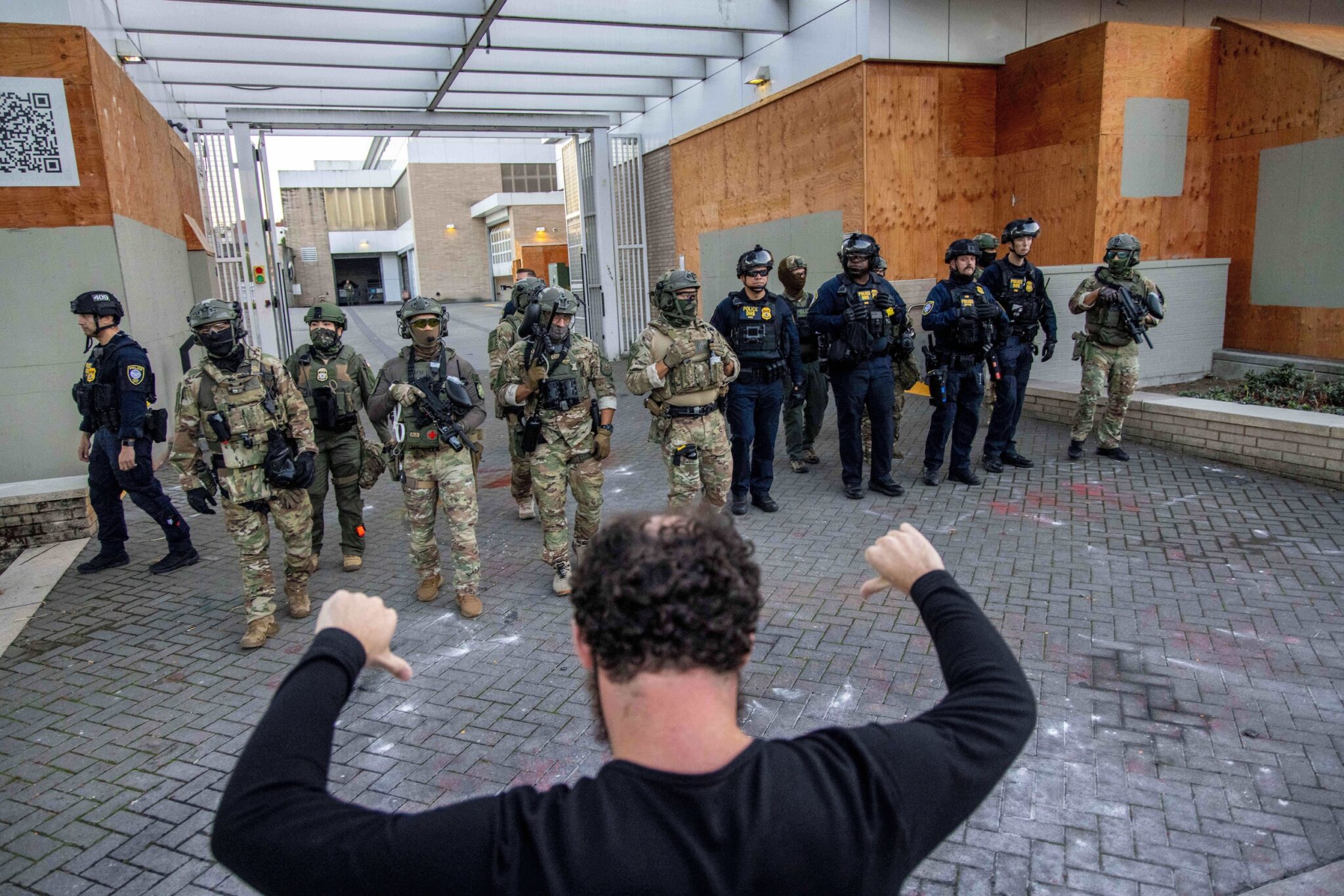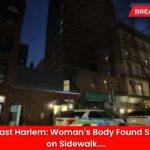President Donald Trump has repeatedly portrayed Portland, Oregon, as a “war-ravaged” city engulfed in chaos, pointing to demonstrations outside the city’s U.S. Immigration and Customs Enforcement (ICE) facility as evidence of lawlessness. He has even floated invoking the Insurrection Act, which would allow him to deploy the military without state approval.
But both local and federal officials — including a Trump-appointed judge — have rejected this characterization, calling it “untethered to the facts.” A closer look at publicly available data shows that gun violence in Portland has been declining, not escalating.
Gun Violence Has Dropped Significantly Since the Pandemic
According to data from the Gun Violence Archive (GVA), Portland has recorded 26 gun-related homicides so far this year — the fewest year-to-date gun deaths in six years. In 2024, 61 people were killed by gunfire, marking the lowest annual total since 2020, when nationwide violence surged amid the pandemic.
Also Read
Nonfatal shootings have fallen even more sharply. As of late September 2025, 46 people have been shot and wounded, compared with 148 by this time in 2021 — a decline of nearly 70%.
The Portland Police Bureau reports 386 shooting incidents through August 2025, the lowest number in five years. While gun violence remains a concern, these figures show a consistent downward trend across the city.
The neighborhoods most affected by shootings — Hazelwood and Powellhurst-Gilbert, both in East Portland — are miles away from the ICE facility where demonstrations continue.
The Protests and the Numbers
Trump’s depiction of the protests as widespread “urban warfare” is misleading. Demonstrations are confined to a single industrial block in South Portland, between the Willamette River and Interstate 5. Federal data show that the area has seen just four shootings in the past decade, none of which are linked to political protests.
-
The most recent fatal shooting within a one-mile radius occurred in April 2025, when a 44-year-old man was killed downtown.
-
Earlier incidents include a 2022 drive-by injury, a 2018 argument-related shooting, and a 2016 house-party shooting.
While the FBI has made at least 128 arrests related to protest activity since June, none have involved homicide or gunfire.
Historical Context: Spikes and Declines
Like many U.S. cities, Portland experienced a dramatic surge in gun violence following the pandemic and the 2020 racial justice protests sparked by George Floyd’s murder. Gun homicides in Portland nearly doubled between 2020 and 2021, peaking in 2022 with 89 deaths — the city’s highest total on record.
Since then, the numbers have steadily fallen. If current trends hold, 2025 could end with half as many homicides as last year, placing Portland near its pre-pandemic average.
The Portland Police Bureau’s data mirrors national trends, showing gun violence receding as the city continues to expand community-based interventions and targeted policing efforts.
Politics and Perception
Trump’s comments appear to echo his 2020 “law and order” strategy, when he sent federal agents from the Department of Homeland Security, U.S. Marshals Service, and Customs and Border Protection to Portland without state approval during Operation Diligent Valor. That deployment resulted in tear gas and injuries to protesters — and widespread criticism from state leaders.
Today, Trump’s renewed push to send National Guard troops to Portland and other “Democrat-run cities” mirrors those earlier tactics. Yet data from The Trace and the Gun Violence Archive contradict his claims:
-
Portland’s shootings are down sharply from pandemic highs.
-
The city’s homicide rate is less than half of what it was three years ago.
-
Areas near the ICE protests remain largely peaceful.
Trump has made similar claims about Chicago, another city he labeled “out of control.” However, GVA data show that in 2025, shooting deaths in Chicago are down 29%, and shooting injuries down 36% from last year.
The Reality on the Ground
Despite political rhetoric, Portland is not “war-ravaged.” It is a city still recovering from pandemic-era violence but trending steadily toward safety.
The numbers tell a clear story:
-
Gun violence is lower than it’s been in years.
-
The most active protests are localized and largely nonviolent.
-
Portland’s residents continue to live, work, and rebuild their communities far from the exaggerated picture painted on the national stage.
As one Portland official told reporters, “Our city isn’t burning — it’s healing.”












